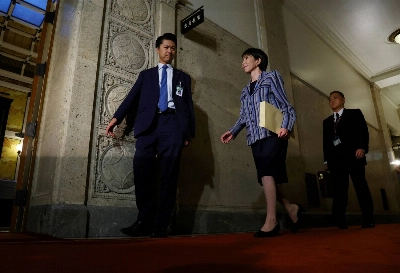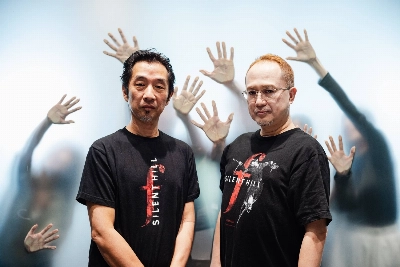"Therefore, since brevity is the soul of wit," philosophizes the long-winded Polonius in Shakespeare's "Hamlet." That's also a fitting description of senryū — a form of short poetry defined by the Merriam-Webster dictionary as "a three-line unrhymed Japanese poem structurally similar to haiku, but treating human nature usually in an ironic or satiric vein."
Literally meaning "river willow," senryū is derived from the pen name of one of its early devotees, poet Karai Hachiemon (1718-1790), who wrote as Karai Senryū (柄井川柳). His collection of 24 booklets, published from 1765 under the joint title Haifuyanagidaru, helped to popularize the genre.
Senryū and haiku share the same economical three-line format, composed of five, seven and five morae, a word sometimes rendered in English as "syllable," although that's not quite correct. As a general rule of thumb, every unit of sound represents one mora, so therefore two vowels occurring in succession, such as in kau or mae, are treated as two morae. Also, a 促音 (sokuon, double consonant), as indicated in both types of kana by the so-called 小さい「つ」 (chiisai tsu, small "tsu") — such as in なっとう (nattō, fermented soybeans) or やっぱり (yappari, as I thought) — is counted as one mora. Finally, a sound ending in ん (n), such as 麺 (men, noodles) is counted as two morae.


















With your current subscription plan you can comment on stories. However, before writing your first comment, please create a display name in the Profile section of your subscriber account page.